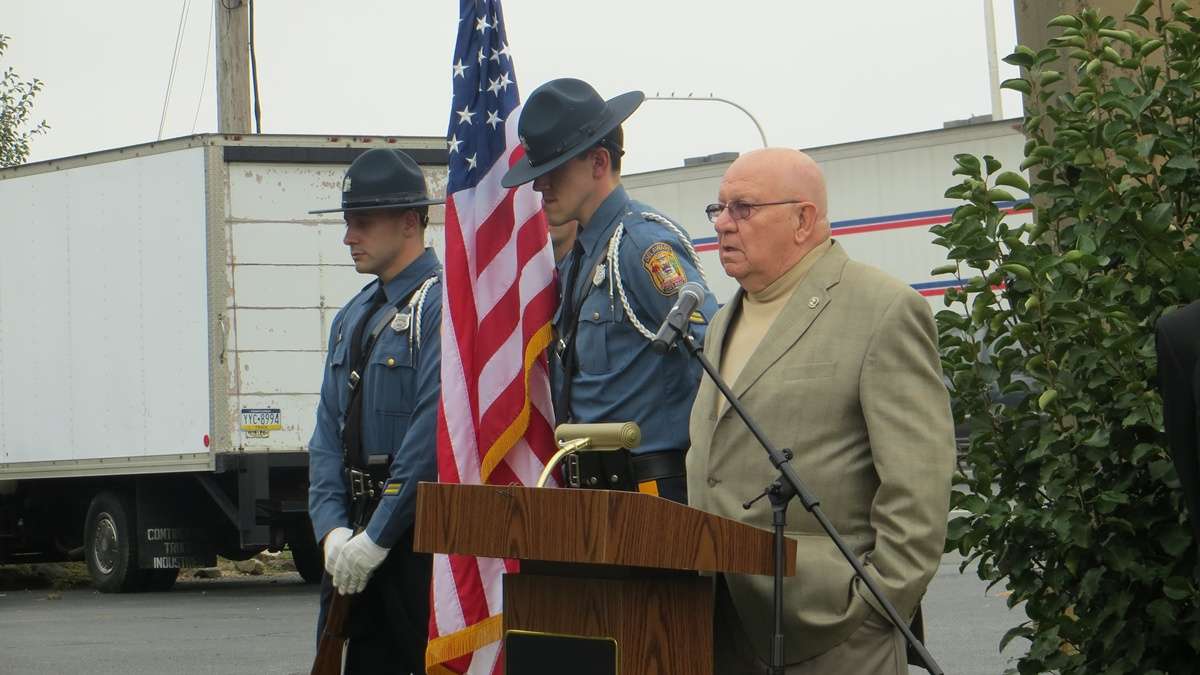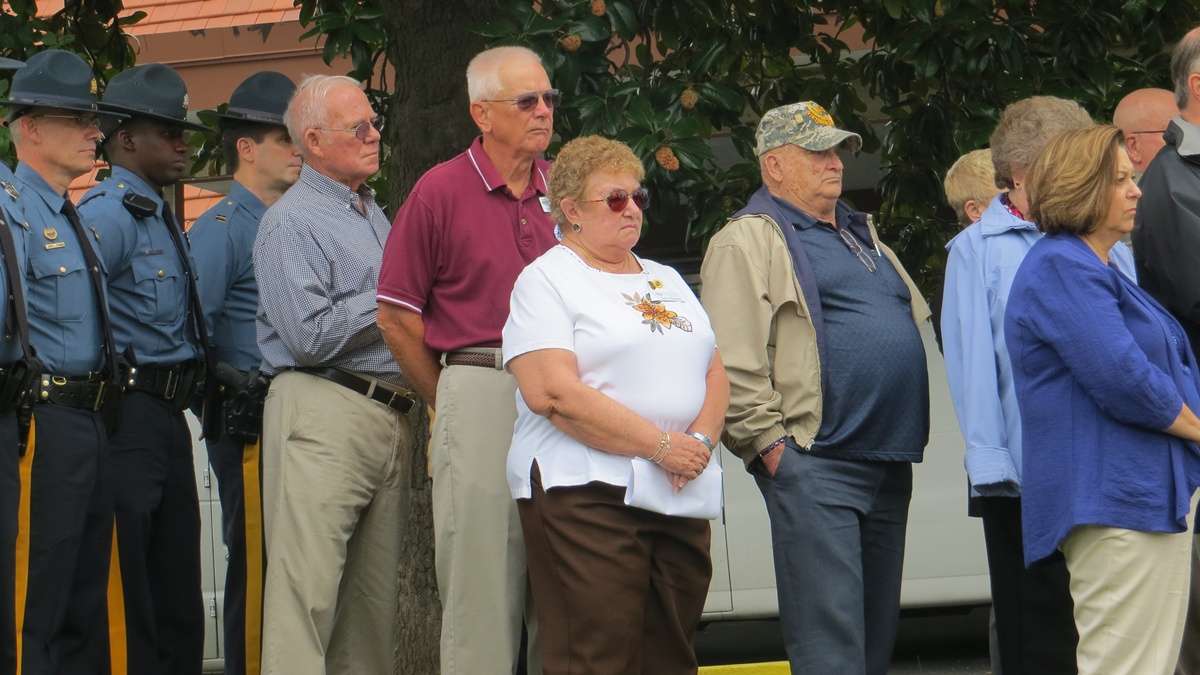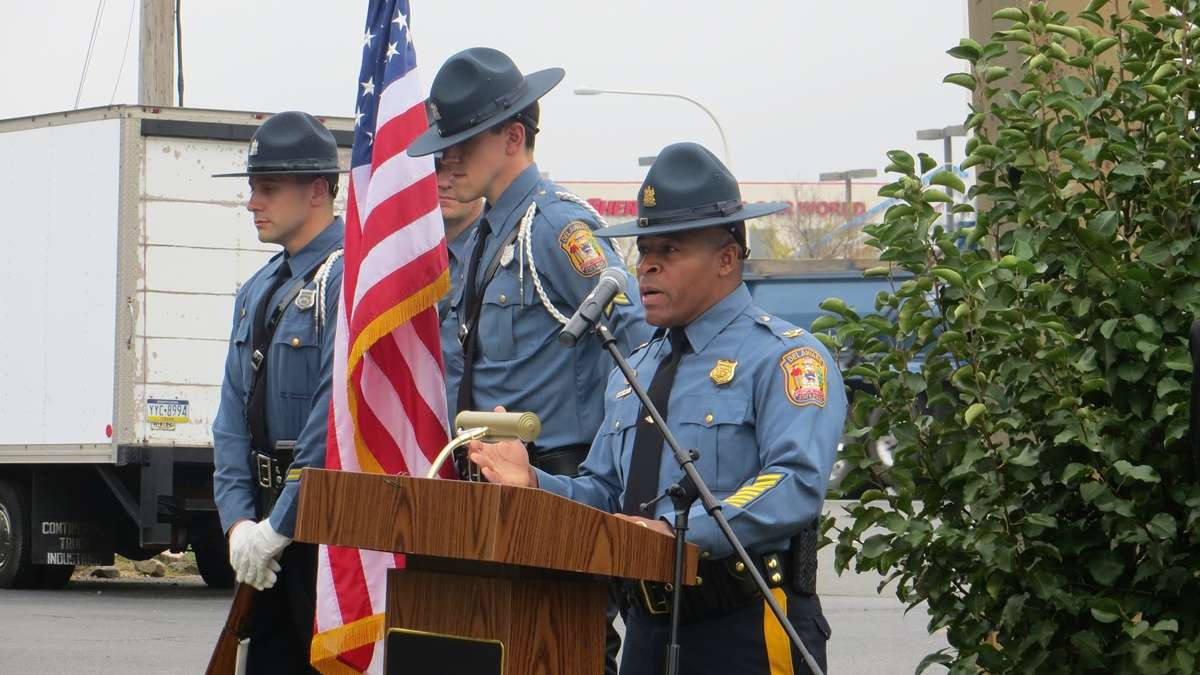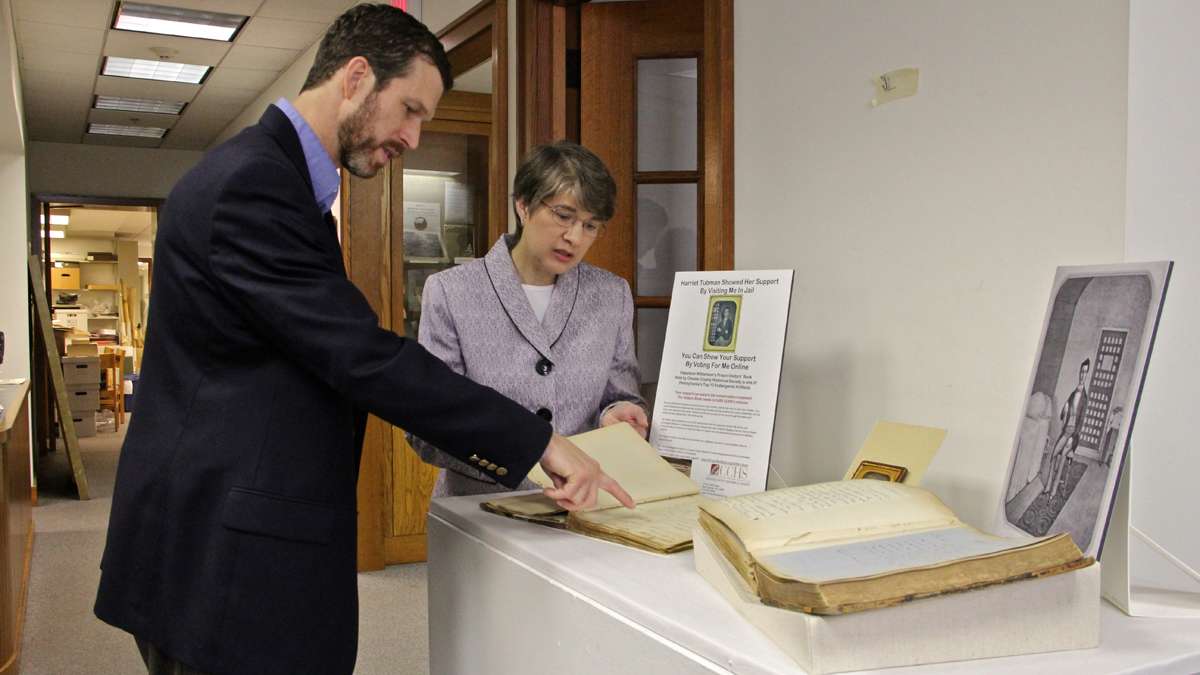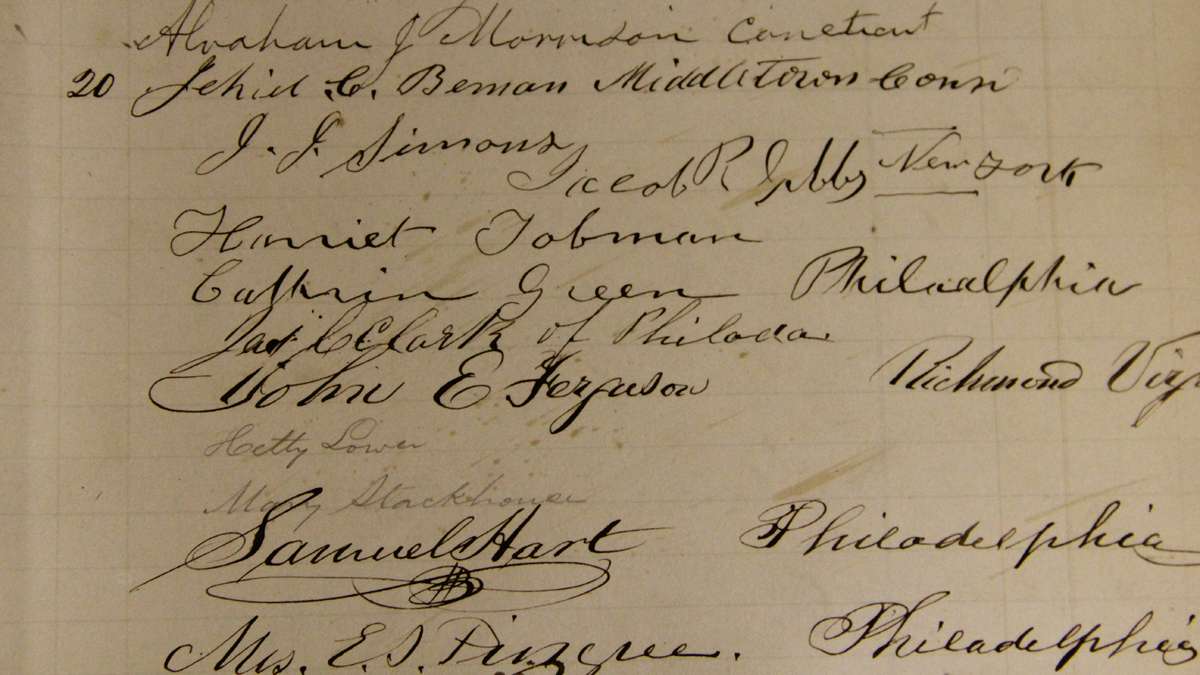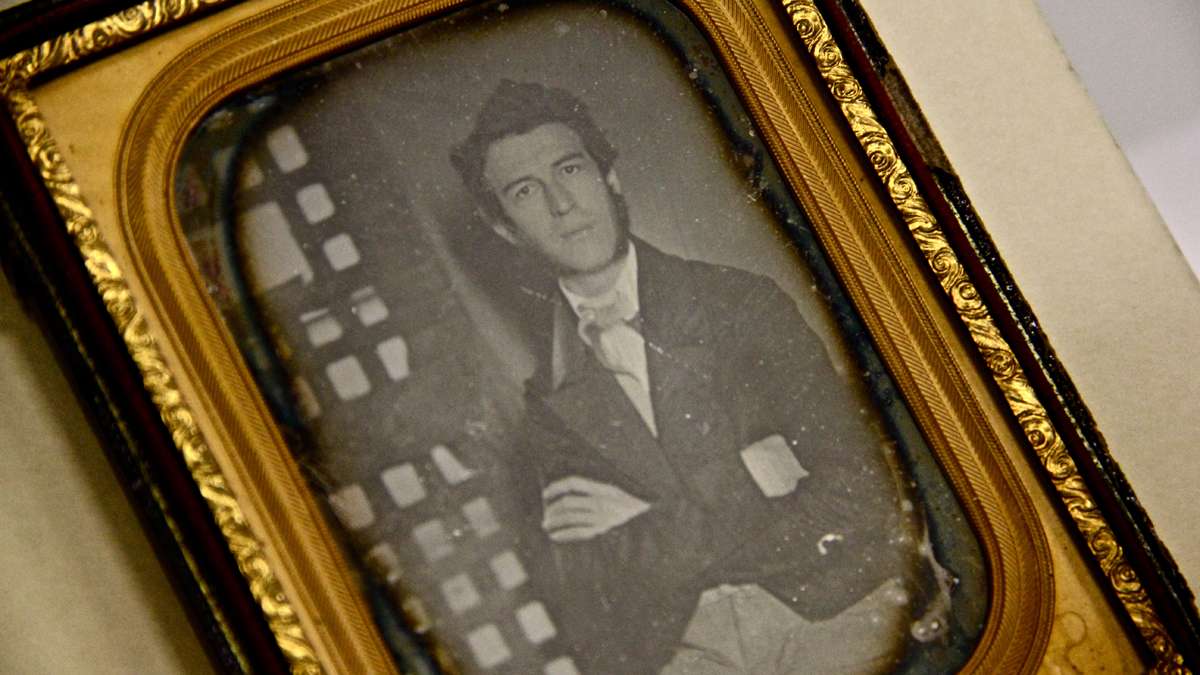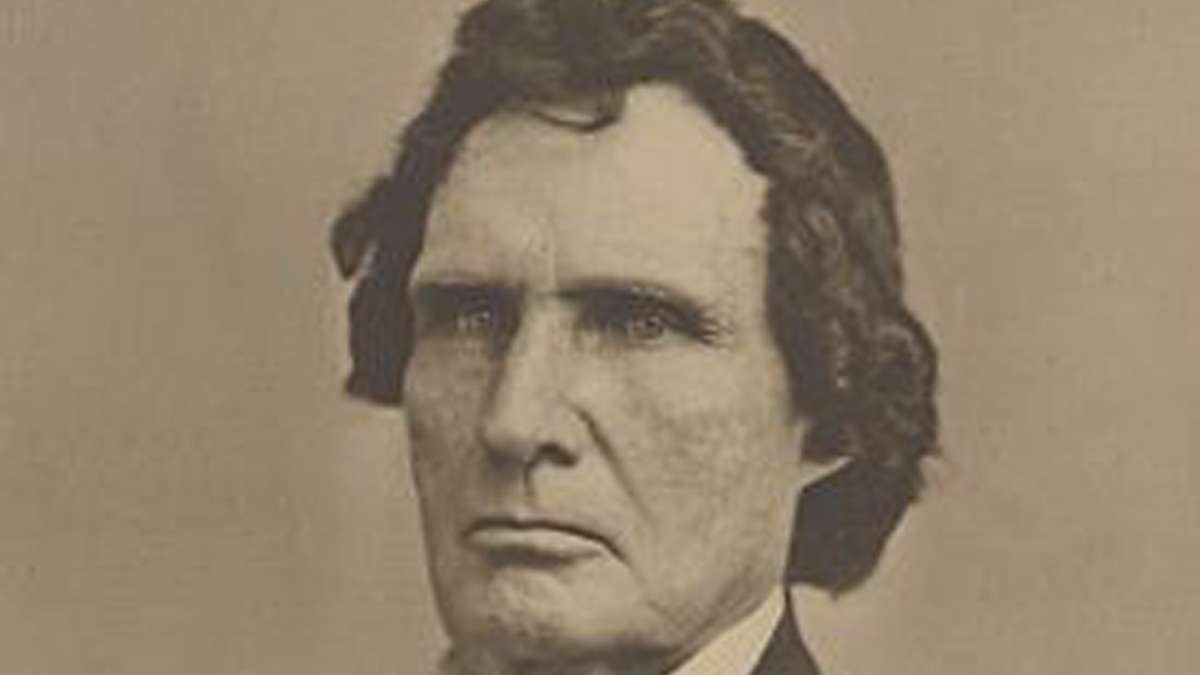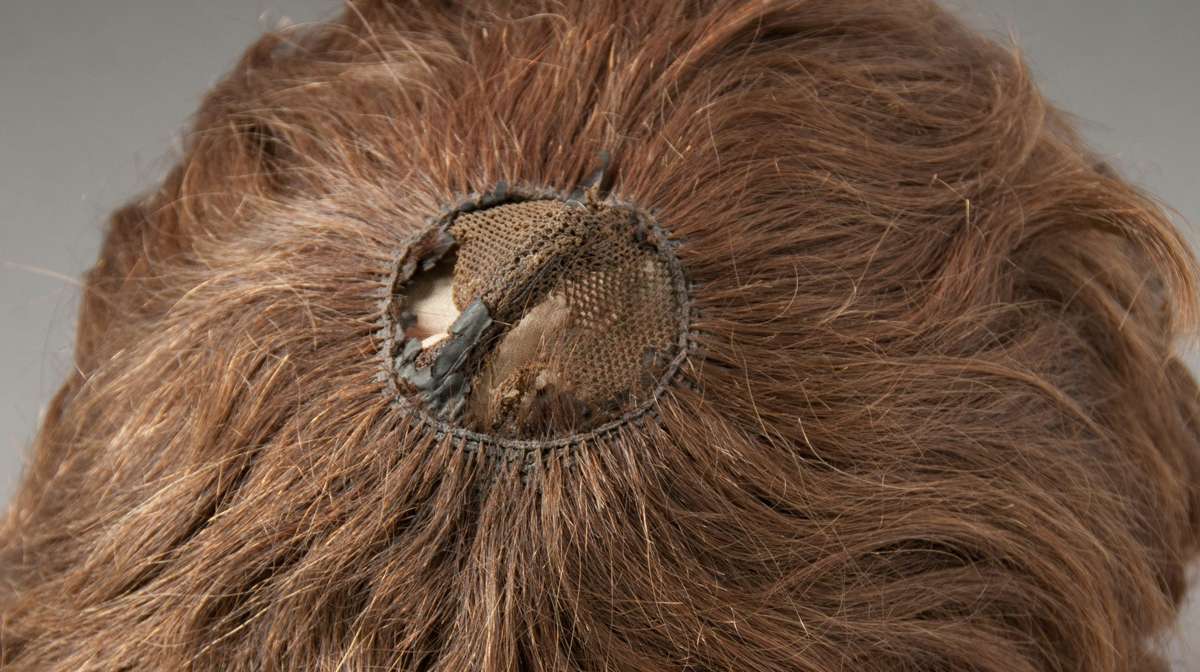Crowdfunding to restore bits of Pennsylvania history
Thaddeus Stevens entered the strata of popular culture when he appeared as a character in the Steven Spielberg film, “Lincoln,” played by Tommy Lee Jones.
The abrasive congressman from Pennsylvania during the Civil War displayed considerable talent for insult, particularly when directed at pro-slavery colleagues in Washington.
He also had terrible taste in hairpieces.
“Everybody lamented that the [“Lincoln”] producers chose such an awful wig for the character,” said Barry Rauhauser, curator of LancasterHistory.org. “In truth, that was one of the things Thaddeus Stevens was known for in his lifetime, was wearing a bad wig.”
Rauhauser has one of Stevens’ wigs, which — while never all that attractive to begin with — is slowly deteriorating. LancasterHistory.org owns several personal items that had belonged to Stevens, and submitted the wig as one of Pennsylvania’s 10 most endangered historical artifacts.
“It’s been losing its hair for 50 or 60 years. Soon it will make Thaddeus Stevens go bald, twice,” said Rauhauser. “It’s a very popular item for us to loan out . Other institutions do exhibitions related to Thaddeus Stevens. We have one of his boots, and a cane, and every time this wig travels a few loose strands of hair trickle out.”
The wig is competing against nine other objects from around the state. The Conservation Center for Art and Historic Artifacts, with support from the Pew Center for Arts and Heritage, has created a website — www.patop10artifacts.org — wherein visitors can rank their favorite objects and donate money toward their conservation.
They include a bust of Abraham Lincoln carved out of anthracite coal, by African-American sculptor C. Edgar Patience; gigantic paper-mache sculptures of the founding fathers created by pop artist Red Grooms, one of which is on view in the lobby of the Pennsylvania Academy for the Fine Arts; film footage of African-American neighborhoods in Pittsburgh, circa 1940; and a prison scrapbook filled with 500 signatures of visiting abolitionists, circa 1855.
The scrapbook was owned by Passmore Williamson, an abolitionist who served 100 days in the Moyamensing Prison (where what is now an Acme supermarket in South Philadelphia) on charges of abducting a slave, Jane Johnson, away from her master, Colonel John H. Wheeler, on the Philadelphia wharf.
The charges were trumped up. Pennsylvania state law at the time stipulated that any African-American entering the state was, technically, free.
“The judge was really biased. He wanted to treat abolitionists a lesson,” said Pam Powell, a photo archivist at the Chester County Historical Society, which possesses the scrapbook. “Williamson was upholding state law — as soon as a slave entered Pennsylvania soil, they were free. He had done nothing more than inform Jane Johnson that she was free and could leave her master.”
He may, in fact, have done more than merely inform. Williamson was part of the radical Anti-Slavery Society, which had planned to help Johnson escape as she landed on the Philadelphia wharf. There was a physical confrontation on the dock. (Johnson’s life was fictionalized in Lorene Cary’s first novel, “The Price of a Child.”)
While serving 100 days in jail, Williamson was visited by 500 people, including Frederick Douglass, Harriett Tubman, Robert Purvis, and other prominent abolitionists of the day. That summer, Philadelphia was the site of the Colored National Convention, and Williamson’s case became a flashpoint for anti-slavery efforts.
“We would like to know more about the names. We don’t know who all these people are,” said Robert Lukens, president of the Historical Society. “There is constant research going on across the country, especially in the abolitionist movement. I’m sure there are a lot of people working on different projects related to these people.”
The scrapbook, which is one of the most popular on the top 10 endangered artifacts list, was cheaply made to begin with; 158 years later it is badly deteriorated. Lukens says the $25,000 cost of conserving the book includes digitizing all of its pages, to make them available online to researchers and get a better sense of the scope of the abolitionist movement at that time.
“All the names in this book, it captures the essence of a struggle that was going across this whole country for decades, in one item,” said Lukens.
WHYY is your source for fact-based, in-depth journalism and information. As a nonprofit organization, we rely on financial support from readers like you. Please give today.




